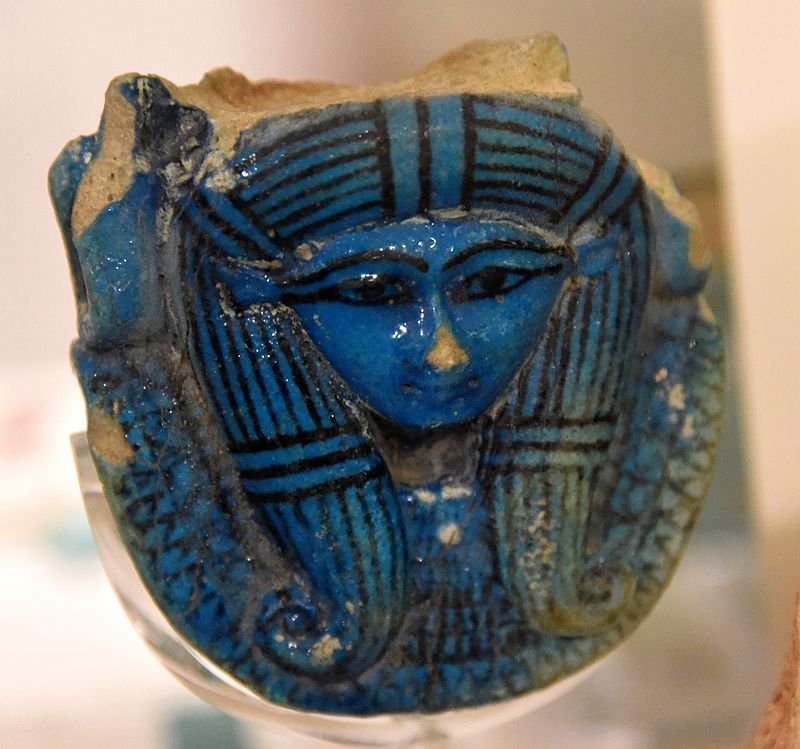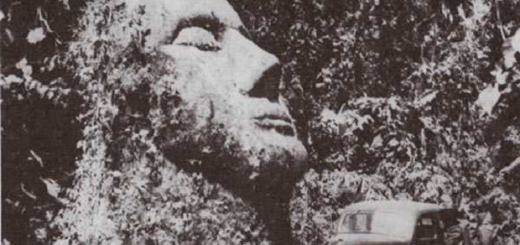What Happened To The Staircase In The Temple Of The Goddess Hathor?
Dedicated to one of the most famous deities of ancient Egypt, the magnificent temple of Goddess Hathor is the largest and most impressive building in the Denderah temple complex.

It is one of the best-preserved temples in all Egypt and it has been modified several times starting as far back as the Middle Kingdom (between 2030 and 1650 BC
Hathor was a goddess who personified the principles of joy, feminine love, and motherhood. She was known as “the Great One of Many Names” and her titles and attributes are so numerous that she was important in every area of the life and death of the ancient Egyptians.
She was a sky goddess, known as “Lady of Stars” and “Sovereign of Stars” and linked to Sirius (and so the goddesses Sopdet and Isis). Her birthday was celebrated on the day that Sirius first rose in the sky By the Ptolemaic period, she was known as the goddess of Hethara, the third month of the Egyptian calendar.
Goddess Hathor was also associated with Sistrum, a magical and sacred ancient Egyptian musical instrument.
Inside the Temple of Hathor there is a large and small Hypostyle Hall, laboratory, storage magazine, offering entry, several shrines and many ancient depictions of Cleopatra VI, an Egyptian Ptolemaic queen.
Two staircases, one on the west and one on the east, lead to the roof terrace from the first antechamber.
During the festival of the New Year the ba of Hathor would emerge from the crypt beneath the temple and be carried up the western staircase to the roof to a kiosk in the southwest corner so that she could await the first light of the dawn of the New Year and symbolically merge with the Sun.
Once the goddess had merged with the Sun she was carried back down the staircase on the eastern side of the temple before returning to the crypt. The priests would ascend by the western staircase and descend by the eastern staircase.
The western staircase leading to the roof of the Temple of the Goddess Hathor, is decorated with beautiful images of the pharaoh, his priests and the goddess.
The staircase is in bad condition and it almost looks like someone dropped a bucket of cement down the steps. What caused the damage to the stairs? Could the explanation be that the stairs have been exposed to natural elements like water and air for thousands of years? Are the stairs simply worn because of old age?
Can tourists be blamed or did something else happen inside the Temple of Hathor?
Written by Ellen Lloyd – AncientPages.com
Copyright © AncientPages.com & Ellen Lloyd All rights reserved. This material may not be published, broadcast, rewritten or redistributed in whole or part without the express written permission of AncientPages.com and Ellen Lloyd
About the author:Ellen Lloyd – is the owner of AncientPages.com and an author who has spent decades researching ancient mysteries, myths, legends and sacred texts, but she is also very interested in astronomy, astrobiology and science in general



 Creators of mankind
Creators of mankind Description of “Tall white aliens”
Description of “Tall white aliens” Where they came from?
Where they came from? About hostile civilizations
About hostile civilizations The war for the Earth
The war for the Earth “Tall white aliens” about eternal life
“Tall white aliens” about eternal life Video: “Nordic aliens”
Video: “Nordic aliens” Aliens
Aliens Alien encounters
Alien encounters The aliens base
The aliens base UFO
UFO Technology UFO
Technology UFO Underground civilization
Underground civilization Ancient alien artifacts
Ancient alien artifacts Military and UFO
Military and UFO Mysteries and hypotheses
Mysteries and hypotheses Scientific facts
Scientific facts


















